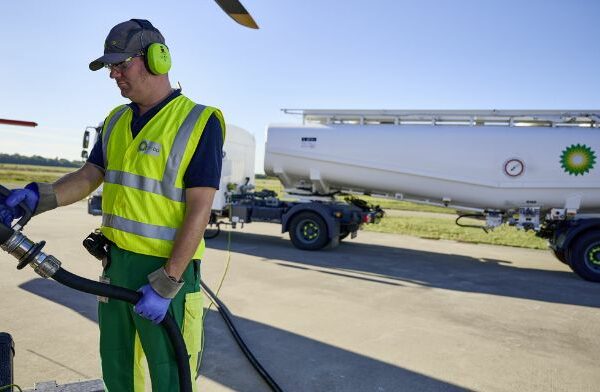

With domestic air travel in bigger markets such as the United States the first to recover from the COVID-19 pandemic, regional airports are set to play an outsized role in the coming years, according to David Lavorel, CEO, SITA at Airports and Borders. The question is, he says, are they prepared for a surge of passengers?
As air travel ground to a halt in April last year, regional airports were as hard hit as their international counterparts with near-stagnant passenger and flight activity levels. But as we emerge from the crisis and operations normalize, these airports are expected to recover faster than their larger peers. And with that, they will once again face the same landside and airside capacity constraints they were experiencing in pre-COVID times but with the added challenge of managing new COVID-era health requirements.
Changing populations and remote workers
Several factors are at play in the rapid recovery for regional airports. Ramping up the pressure will be inward migration from the bigger cities due to the pandemic’s influence on population movement. With work less tied to the office, the lure of the big city is losing its appeal. For many remote workers, moving away from major urban areas becomes a distinct possibility as the everyday commute to the office fades into the distant past. A Gallup Poll early in the pandemic found nearly seven in 10 employees in the US to be working remotely all or part of the time. Similarly, Gensler Research Institute’s City Pulse Survey revealed a spike in popularity of second-tier cities, with one in four London and New York respondents considering moving to smaller, less populated areas.
Another factor is that with constantly changing entry and health requirements around the world, passengers will increasingly pivot from long-haul and business travel to domestic leisure travel, fueled by the pent-up demand from travelers seeking a break.
The future is about lower costs, efficiencies, and better ways of working
In the face of these profound changes, regional airports will need to adjust their strategies to address the post-pandemic environment. Like bigger airports, regional airports will need to consider a digital shift to cope with future capacity constraints.
Passenger and airline expectations
Passengers traveling from regional airports are also demanding the same digital experience and efficiencies they receive at international hubs. On top of that come greater airline expectations, route volatility, space constraints, staff multi-tasking, and a myriad more. Then, of course, as journeys become more digital, there’s the growing need for seamless interoperation across travel systems and technologies – not just among airports large and small, but also with other modes of transport.
The cloud: making the digital journey accessible
From our experience in digitizing the industry – before and during the pandemic – we see common issues facing highly cost-conscious regional airports, with a desire to be able to fund the types of smart digital ways of working found in larger airports.
The good news is that cloud technology makes the digital journey and cutting-edge IT affordable and accessible for regional airports. With leading passenger processing capabilities accessible via the cloud, airports can enable shared common-use approaches in the most cost-effective way, saving on infrastructure, space, and maintenance. Not only that, they’re well placed to embrace further capabilities as they choose, such as self-boarding, self-bag drop, off-airport processing, and more.
For example, available now, our own SITA Flex brings leading cloud-based passenger processing capabilities acting as the enabler of the digital passenger experience, based on safe and healthy low-touch, contactless and self-service journeys from check-in to boarding. Airlines get the ability to enable passengers to use their mobiles to have a near walk-through, touchless airport experience, while airport workforces can use mobile devices to coordinate and perform tasks efficiently.
It’s also important to have ready-to-go cloud-based (SaaS) airport management capabilities to help optimize resources while supporting collaborative processes and decision-making. Talking to our airport customers about their needs for operational flexibility, we have solutions providing digital ways to manage capacity challenges better, keeping a proactive eye on passenger flow and disruptions.
Best in class baggage and airport management IT
One of the biggest demands we see is for cost-effective access to best-in-class baggage and airport management systems. SITA recently launched a simple, scalable, and more affordable version of our leading baggage reconciliation system, SITA Bag Manager, that allows smaller airports to reduce the number of mishandled bags by up to 20% by automating the typically manual process of reconciliation. They can also shore up dwindling revenue; an airport that processes 4 million bags per year could generate approximately $100,000 over the course of five years by implementing SITA Bag Manager Lite.
Beyond that, we’re working with regional airports to introduce the most advanced flight information display systems along with simple operational messaging and network capabilities – as already used by hundreds of airports in all corners of the globe.
Let’s be prepared
What’s clear from our conversations with regional airports is that as they look to a new operating environment, they want to be prepared for the changes coming and a return to capacity. With more scalable technology available, they now have the ability to deliver the same experience to their airlines and passengers as they would as major hubs.






